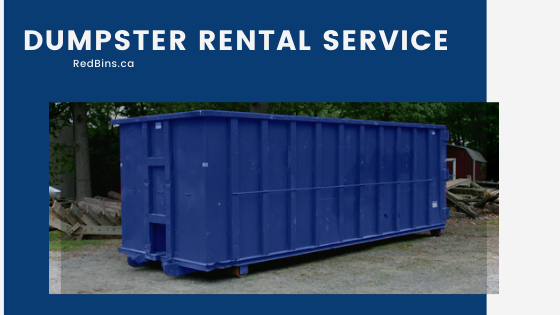
There are currently two types of applications: provisional and non-provisional. To file a non-provisional patent application, you need
(1) a written document that includes a “specification” or description of the invention and an oath or declaration;
(2) a drawing of the invention (if necessary); and
(3) the filing fee.
The specification includes the title of the invention, the background of the invention, a detailed description of the invention, and the claims. The claims define the scope of the protection afforded by the patent, and demonstrate how the invention fulfills the requirements of novelty, utility, and nonobviousness as you can read on how to file a patent with InventHelp article.

What happens once the application is filed?
Once a non-provisional application has been filed with the USPTO, it is assigned to an Examiner who conducts a study of the application for compliance with the requirements of the Patent Act and a search through U.S. patents, publications of patent applications, and available literature to see if the claimed invention is indeed novel, useful, and nonobvious.
The applicant is then notified in writing of the Examiner’s decision by a USPTO “office action.” If the USPTO rejects the application, the applicant has an opportunity to reply to every ground of objection in the USPTO’s action. The USPTO will then reconsider the application. On the second consideration, the rejection or other action may be made final.
The usual period for reply to a USPTO action is three months, although this period can be extended up to an additional three months with the payment of the appropriate extension fee. If the USPTO allows the patent, a notice of allowance is sent, and a fee for issuing the patent is due within three months which is explained in details on how to get a patent with InventHelp.


